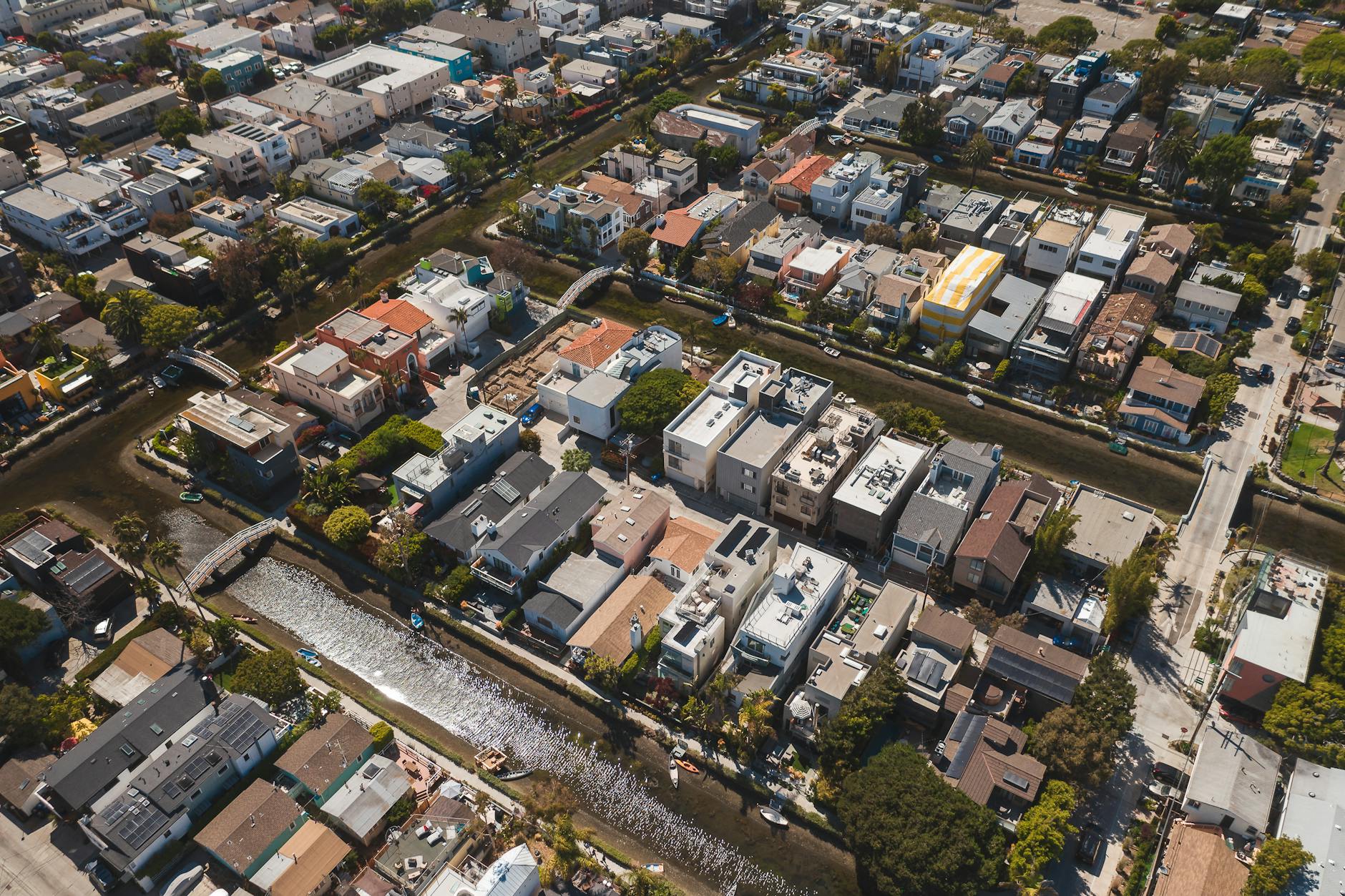Emerging Trends in Affordable and Low-Income Housing Development
Emerging Trends in Affordable and Low-Income Housing Development
Affordable and low-income housing is a critical component of urban planning and social policy worldwide. As urban populations continue to grow rapidly, the demand for affordable housing solutions intensifies, pushing developers, policymakers, and communities to explore innovative approaches. This article explores emerging trends shaping affordable housing development today—trends that not only address cost and availability but also prioritize sustainability, inclusivity, and long-term community impact. From advances in construction technology to evolving financing models and the integration of community-centric design, these developments promise to reshape how affordable housing is delivered and experienced in the coming years.
Innovative construction technologies
One of the most transformative trends in affordable housing development is the use of advanced construction technologies. Techniques like modular and prefabricated building methods allow for faster, more cost-effective construction without compromising quality. These technologies enable developers to standardize parts of building processes, reducing labor expenses and construction waste. Additionally, 3D printing of concrete components is gaining traction, offering the possibility of creating customized housing structures at significantly lower costs. By employing these technologies, housing projects can be completed in a shorter timeframe, improving accessibility for low-income families.
Sustainability integration in housing design
Increasingly, affordable housing projects incorporate green building principles to reduce environmental impact and utility costs for residents. Energy-efficient appliances, solar panels, rainwater harvesting systems, and improved insulation are becoming standard features. Sustainable housing also means using eco-friendly materials and optimizing layouts for natural light and ventilation. These measures not only help decrease monthly utility bills, making homes more affordable long-term, but they also contribute to health benefits and resilience against climate change. Developers and governments are often incentivized by subsidies or certification programs to adopt these sustainable practices.
Financing models and public-private partnerships
Effective financing remains one of the biggest challenges in low-income housing development. A notable trend is the rise of innovative financing models combining public funds, private investment, and social impact capital. Public-private partnerships (PPPs) allow governments to leverage private sector efficiency and resources while ensuring affordability criteria are met. Additionally, community land trusts (CLTs) have gained popularity by separating land ownership from building ownership, preventing speculation and permanently preserving affordability. These models ensure more stable funding streams and encourage long-term maintenance and community engagement.
Community-focused and inclusive design
The mindset toward affordable housing design has evolved beyond mere provision of shelter to fostering vibrant, inclusive communities. Planners now emphasize mixed-use developments that integrate affordable housing with public amenities, green spaces, schools, and transit access. Participation of future residents in the planning process has become more common to ensure cultural relevance and meet specific needs. This approach helps mitigate stigmatization of low-income housing and promotes social cohesion by encouraging diverse socioeconomic mixes. Such designs support residents’ well-being and opportunities for upward mobility.
Conclusion
The future of affordable and low-income housing development is being shaped by a combination of innovative construction techniques, sustainability imperatives, creative financing solutions, and community-driven designs. These trends reflect a holistic understanding that affordability extends beyond initial costs to encompass environmental impact, social inclusion, and long-term viability. By embracing technologies like modular construction, integrating green features, pursuing new public-private financing partnerships, and designing with the resident experience in mind, stakeholders can deliver housing that not only meets immediate needs but also supports healthier, more resilient communities. Ultimately, these emerging trends highlight a shift toward smarter, more equitable housing development able to address the complex challenges of urban growth and economic disparity.
| Trend | Key benefits | Impact on affordability |
|---|---|---|
| Modular and 3D-printed construction | Reduced construction time and costs, less waste | Lowers upfront investment, speeds availability |
| Sustainability integration | Energy savings, environmental protection, health | Reduces ongoing utility costs, better living conditions |
| Public-private partnerships & innovative financing | Stable funding, shared risk, long-term management | Ensures affordable pricing and project viability |
| Community-focused design | Social inclusion, cultural relevance, better amenities | Enhances livability and reduces social costs |
Image by: RDNE Stock project
https://www.pexels.com/@rdne
editor's pick
latest video
news via inbox
Nulla turp dis cursus. Integer liberos euismod pretium faucibua

